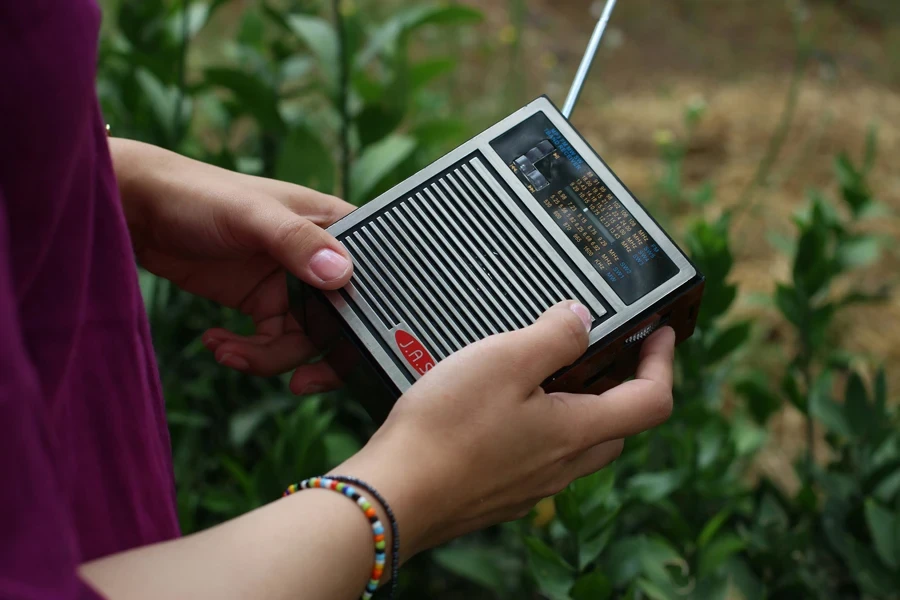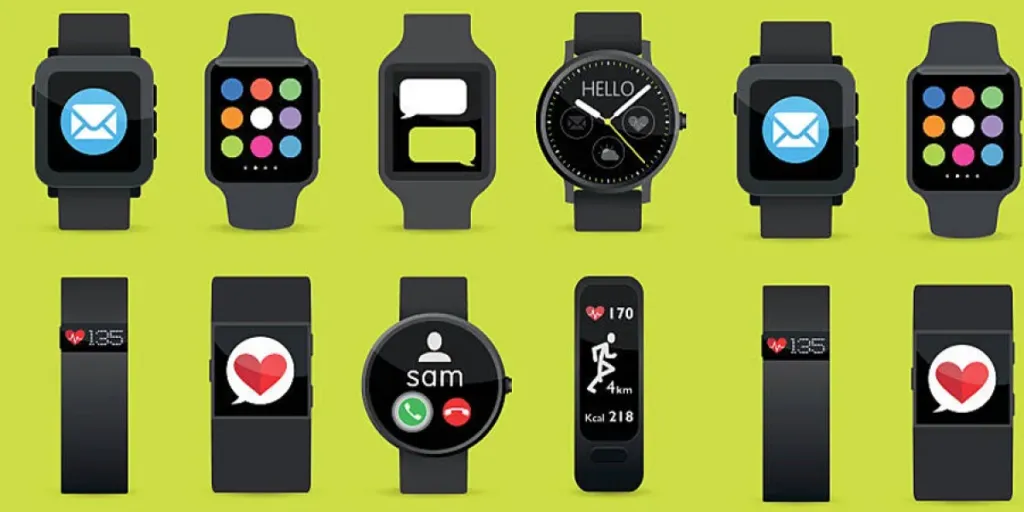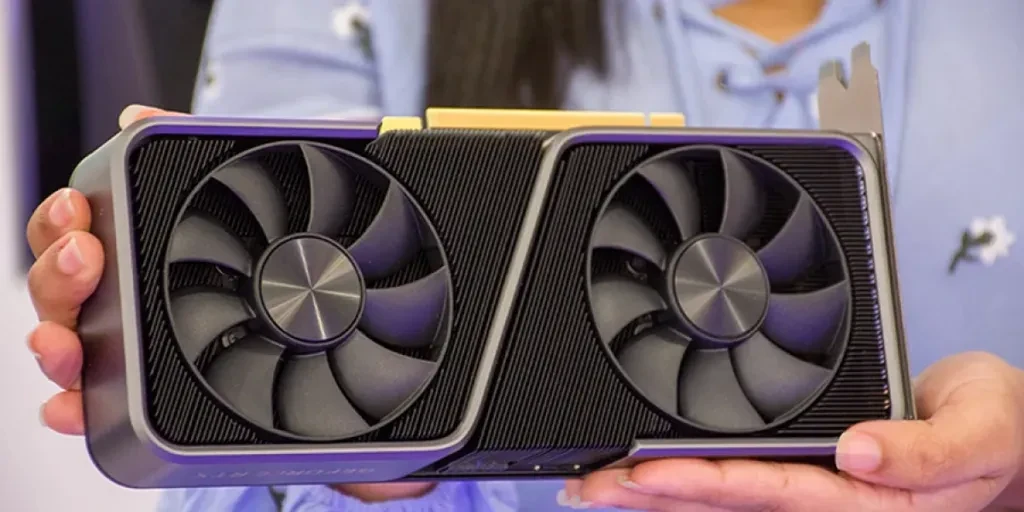Table of Contents
Introduction
Market overview
Key technology and design innovations
Top-selling models driving market trends
Conclusion
Introduction
The broadcasting industry is undergoing rapid transformation, with digital innovations driving enhanced content quality and broader reach for radio and TV. In 2024, businesses must leverage advanced broadcasting equipment to stay competitive in an increasingly dynamic media landscape. Key technologies like cloud-based workflows and OTT services are fueling this shift, enabling more efficient, flexible content delivery. High-performance tools, from transmitters to encoders, are essential for ensuring seamless operations and meeting the demands of modern audiences. Choosing the right equipment is now more crucial than ever for businesses aiming to thrive in this evolving industry.

Market overview
The global broadcasting equipment market is set to expand significantly, with its value expected to grow from USD 5.85 billion in 2024 to USD 8.86 billion by 2032, exhibiting a 5.32% CAGR, according to Market Research Future. This growth is driven by the increasing demand for OTT services, advancements in broadcasting technologies, and the rising need for encoders, transmitters, and cloud-based solutions. The shift toward multi-screen content distribution and direct-to-consumer OTT platforms has further accelerated the demand for cutting-edge broadcasting equipment, enabling more efficient and high-quality content delivery.
Regionally, North America holds the largest market share, expected to grow at a 6% CAGR by 2030, fueled by the expansion of satellite and cable television and the rapid adoption of OTT services. According to Market Research Future, Europe is the second-largest market, with strong demand for IoT devices and OTT subscriptions, particularly in Germany and the U.K.. In Asia-Pacific, the market is growing steadily, driven by the adoption of high-speed internet and the rise of new broadcasting stations. Key markets like India and China are experiencing significant growth, with a rising demand for high-definition videos and OTT platforms enhancing the region’s market share.

Key technology and design innovations
The broadcasting industry is seeing major shifts in technology and design, with innovations like SMPTE 2110 leading the way. By transitioning from traditional media transfer processes to IP-based broadcasting, this standard enables broadcasters to transmit high-quality video and audio without compressing the content. This shift allows for seamless integration of various broadcast components over IP networks, making the process more efficient and flexible. The ability to transmit uncompressed video files is crucial for live broadcasting, where maintaining high-quality output is essential. This move toward IP infrastructure is rapidly becoming the backbone of modern broadcasting, according to Market Research Future.
Another key innovation is the NDI protocol (Network Device Interface), which is enhancing live production workflows by enabling multiple video devices to connect over a network. This open-source protocol simplifies the connection of cameras, switchers, and other devices, allowing for greater flexibility in live production. The use of NDI allows broadcasters to manage complex production setups more easily, providing an efficient solution for real-time video transmission. This makes live broadcasting smoother and more cost-effective, especially in environments that require quick setup changes, as detailed by Alibaba.com.
12G-SDI technology is another breakthrough transforming the broadcast landscape. It allows for the transmission of uncompressed 4K video over a single coaxial cable, significantly reducing the complexity of traditional 4K workflows, which often require multiple cables. This technology not only improves cost efficiency but also reduces latency, making it an attractive option for broadcasters aiming to deliver ultra-high-definition content without sacrificing speed or quality. According to RGB Broadcasting, the adoption of 12G-SDI is a critical step toward streamlining broadcast operations.

Cloud-based workflows are also revolutionizing broadcasting by enabling scalable, remote production solutions. With cloud integration, broadcasters can manage content from multiple locations, offering enhanced control and flexibility. This approach reduces the need for on-site infrastructure, lowering costs and improving operational efficiency. The cloud also provides greater security and allows for the storage of large amounts of data, making it ideal for handling the growing demand for high-definition and multi-platform content. Many broadcasters are increasingly turning to cloud-based workflows to ensure minimal delays and maintain high-quality outputs during live productions, according to RGB Broadcasting.
The rise of virtual production using Unreal Engine is another trend shaping the future of broadcasting. Originally developed for gaming, this technology is now being used to create real-time visual effects in live broadcasts. Unreal Engine allows broadcasters to generate highly realistic virtual environments and integrate them into live footage, reducing the need for physical sets and enhancing the viewer experience. This innovation is enabling more creative and flexible production techniques while significantly cutting costs. Broadcasters can now deliver high-end visuals with fewer resources, thanks to this powerful virtual production tool.

Top-selling models driving market trends
FM and AM transmitters remain crucial in driving the radio broadcasting market. Low-power, medium-power, and high-power FM transmitters continue to dominate, particularly in national and regional stations that require a wide reach. High-power transmitters are essential for national broadcasts, covering vast areas and ensuring signal strength across regions. At the same time, AM transmitters are seeing rising demand in remote areas and regions with challenging terrains, where AM’s longer range outperforms FM in reaching isolated listeners. According to Market Research Future, the consistent demand for these transmitters in various broadcasting applications underlines their importance in the overall broadcasting equipment market.
In television broadcasting, TV transmitters and antennas play a pivotal role in ensuring clear and consistent signals. The shift toward digital modulation technology has enhanced signal clarity, offering broadcasters better coverage and fewer disruptions. Additionally, high-definition broadcast antennas are now essential to meet the growing demand for UHD and HD content. The adoption of single-frequency networks (SFNs) has further boosted the efficiency of TV broadcasting by allowing multiple transmitters to broadcast the same signal, expanding coverage while optimizing frequency usage. These advancements are critical for broadcasters looking to maintain high-quality broadcasts across diverse geographic regions, according to RGB Broadcasting.
The demand for encoders and video servers is rising sharply due to the surge in UHD content production. As more broadcasters move towards 4K and high-definition broadcasting, advanced encoders capable of handling multi-format content have become essential. These encoders are critical for reducing latency and ensuring high-quality content delivery, especially on OTT platforms. In parallel, video servers are playing a key role in managing and delivering this content across various platforms. These servers enable broadcasters to store, format, and stream large amounts of data, supporting the growing popularity of OTT services that require multi-platform compatibility. According to Alibaba.com, the combination of advanced encoders and powerful video servers is helping broadcasters keep up with the increasing consumer demand for high-definition and real-time streaming content.

Conclusion
As the broadcasting industry continues to evolve, the adoption of cutting-edge equipment is essential for maintaining high-quality, efficient operations. Technologies like SMPTE 2110, NDI protocols, and cloud-based workflows are reshaping the way broadcasters manage content, ensuring they can meet the growing demands of a digital-first audience. By investing in these innovations, businesses in the radio and TV sectors can enhance their reach and remain competitive in an increasingly dynamic and technology-driven market.




